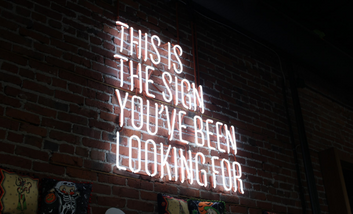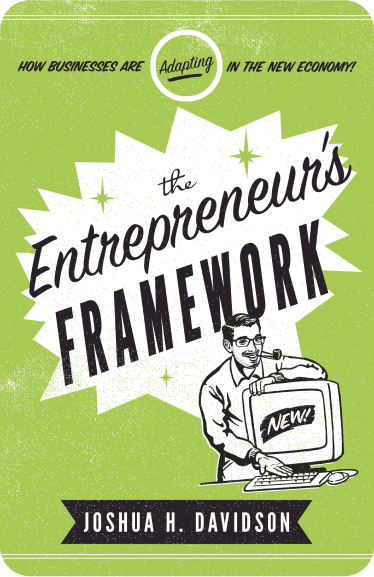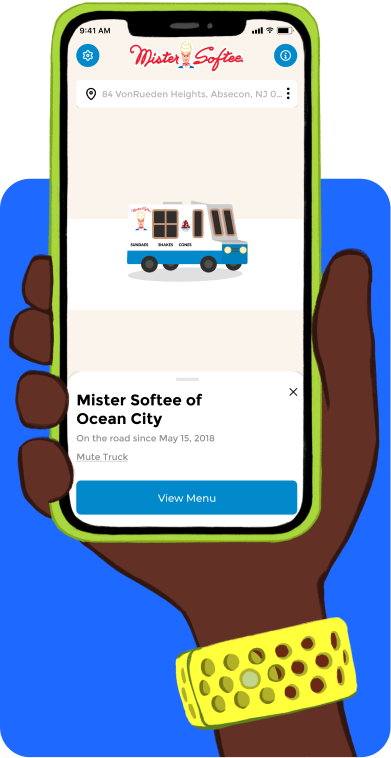In the app development industry, it is key that we look objectively at the market. Part of this is looking at the successes and failures of apps and businesses around us. When it comes to Google messaging apps, there is an entire graveyard to explore.
While some say that success in the app industry comes entirely down to luck or just having a lot of money to throw around, we could not disagree more.
That’s part of why we think it is worthwhile to take a look at what has gone wrong with the Google messaging apps over the years.
After nearly 20 years of trying, why can’t one of the biggest companies on earth crack the code and make a messaging app that sticks? And what are people using instead?
Let’s take a look!
Google Talk
This was Google’s first foray into instant messaging. It launched in the summer of 2005. This means that, currently, Google has been trying to crack into messaging unsuccessfully for 17 years.
Google has been trying to get into messaging for over a decade longer than some of its more popular competitors have existed.
For example, WhatsApp is 13 years old. Slack is 8 years old. Google even offered a video chat function 4 years before Zoom even began.
Google has launched over a dozen messaging apps that ultimately failed since 2005. Google Talk was actually one of its most successful attempts, lasting from 2005 to about 2017.
However, during the last four years of Google Talk, it didn’t really work anymore.
Google Abandoned Google Talk Slowly
A longstanding pattern with Google is that they create a messaging service and abandon it.
This causes users to get tired of the lack of developments, updates, and bug fixes, and move to services with better features and a more engaged team behind them.
In later years, Google became known for almost ruthlessly shutting down messaging apps or their features without warning and leaving users stranded.
In 2013, Google began focusing on Google Hangouts instead and intended for it to replace Google Talk. Due to how deeply Google Talk was entwined with other Google services, it was almost impossible for Google to cleanly phase it out.
As of 2015, the Google Talk Windows Client stopped accepting logins. However, its integration with Gmail was forcibly transitioned 2 years later.
Something we talk a lot about on the blog is the importance of long-term app maintenance. There is a big misconception that apps are something static like a novel or a painting, and once they are released, all of the work is done.
This could not be further from the truth. Apps are tools. They are more like cars, which need regular maintenance and sometimes even parts replaced entirely to get you from A to B smoothly.
Google Voice: One of the Only Surviving Google Messaging Apps
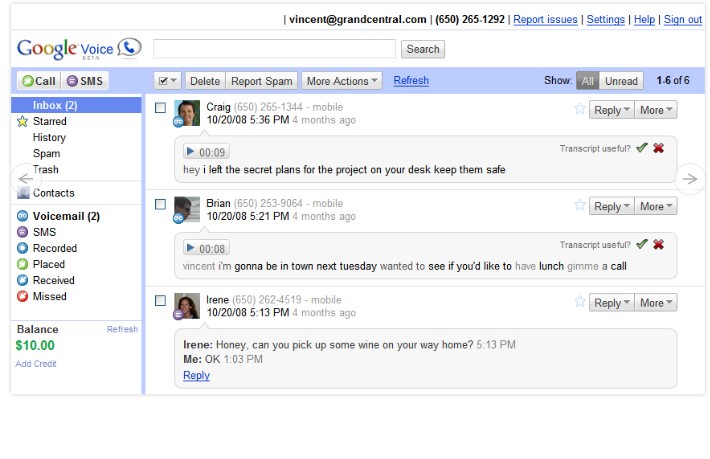
Google launched Google Voice in 2009. While this app is still around, it has had its share of shutdowns and issues.
Phone carriers and even Apple felt threatened by it taking phone calls and texts online and making number porting virtually seamless. Apple tried not to let it into their app store at all.
Google Voice used to have a wide range of Third-Party Apps, but Google killed them all without warning one day in 2014.
According to Ars Technica:
The company declared that any third-party apps that worked with Google Voice phone calls or SMS—which, by the way, had been operating for years—were “unauthorized,” “a threat to your security,” and “violating the terms of service.”
While this is still around, it never took off as competitors have done. For example, last year, about 3 billion people worldwide used messaging apps. 2 billion of them are on WhatsApp.
Google Buzz
On top of abandoning apps and changing how they work and what they can do at random, Google has made some other missteps with their messaging apps.
In 2010 Google made the controversial move of trying to harvest all of its Gmail users and force them to join its new social network and messaging app, Google Buzz.
Google Buzz was a Twitter-like sidebar app built into Gmail. However, it had huge issues. It would automatically follow your email contacts and share things with them without your consent.
Of course, this did not go over well. Controversy, complaints, and lawsuits ensued. This app lasted only about a year before it shut down.
It seemed that, after the failure of Google Wave, a communication platform that failed because no one used it, Google was dead set against that happening again. They lost sight of ethics and their users.
The Ethical Issues of Google Buzz
Essentially, Google created an automated social network where you can’t pick anyone or anything you follow and you can’t escape notifications because they hit your inbox constantly.
Users didn’t even choose to join it. Google Buzz also exposed a ton of information publically about users without their consent.
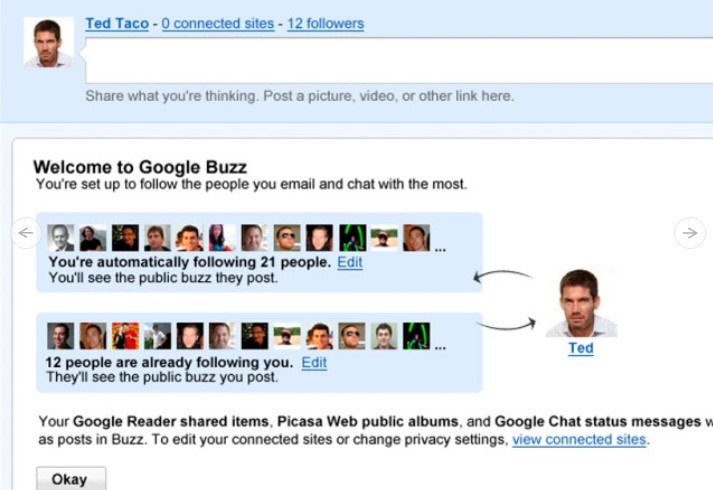
After global backlash, Google issued an apology only 4 days after it launched Google Buzz. People figured out how to turn it off, and then no one ever used it or thought of it again.
Here Google showed a critical misunderstanding of what people use different apps or services for, and why.
Typically, people use email and social media for very different things. Combining them does not make much sense.
There are also significant ethical issues when it comes to opting people into a social network without their consent, that they cannot customize.
One of the Biggest Google Messaging Apps Flops: Allo
Google lost out on purchasing WhatsApp in 2014, only for it to become acquired by Facebook. In 2016, it released Allo, which was essentially a less functional WhatsApp clone.
One launch strategy that some app developers employ is the Minimal Viable Product strategy.
When you launch using the Minimal Viable Product Strategy, you launch a product with a minimal amount of bells and whistles, see how users react, and update accordingly.
There are definite pros and cons to this idea, and it can make sense in some contexts. It is not always a bad idea.
If you are a small company with limited funds launching a new idea to a limited audience to test it out, the MVP strategy can be a great call.
However, Google is a massive company whose every move makes headlines. Millions of people use their products from the outset.
The Quick Death of Allo
Unfortunately, Google Allo was so minimal at its release that it did not work very well. For example, it only worked on phones.
There was no web app or Chrome extension at all. While technically it was available on iOS and Android tablets, it did not function on them at all.
Generally, copying another app is frowned upon. It can even get you into legal trouble. Copying an app and making it worse than the original is simply a poor strategy.
While Allo generated 5 million downloads in its first few days due to Google’s power in the industry, within 4 months it fell off the Play Store’s top 500 list and was dead.
While Google did make a desktop app for it a year after launch, by then no one was using it anymore.
So, What Can We Learn From The Failures Of Google Messaging Apps?
If you want to create a successful social media or communication app, it is key that you understand your audience.
You must know who they are and what they want. If you don’t, you can have all of the money and influence in the world and it won’t matter.
In this post, we only covered a few of Google’s many mishaps when it comes to creating, over-complicating, and abandoning its messaging products.
However, often their failures come down to not taking the audience for who they are making products for into account.
For example, a big draw to social media for many people is curating their own feeds and choosing who to follow and interact with. Google fundamentally missed this when it created Google Buzz.
Also, what people want is to communicate and connect with others. They don’t want to use social platforms and messaging apps simply to use them.
Final Thoughts
Rather than creating something which makes communication seamless, Google’s attempts often get in the way. They don’t listen to their users. Remember, people use apps to make their lives easier, not harder.
For one, Google simply has too many scattered products that change and vanish all the time. Instead of focusing on improving one platform, they tend to let them die slow deaths or get rid of them ruthlessly.
Google also adds random integrations no one asked for to existing products and releases things that don’t work sometimes. This is incredibly annoying for consumers.
Have you used any of Google’s forgotten messaging platforms?
What do you think? Comment below.
Since 2009, we have helped create 350+ next-generation apps for startups, Fortune 500s, growing businesses, and non-profits from around the globe. Think Partner, Not Agency.
Find us on social at #MakeItApp’n®





